ADB estimates that inflation in Vietnam will remain stable at 4.0% in 2024 and 2025, the "sweet fruit" of the State Bank of Vietnam 's very skillful monetary policy management.

In the first 6 months of 2024, Vietnam's economy faced great pressure from many factors. Factors such as weak global demand, prolonged geopolitical tensions, the US Federal Reserve (Fed) delaying interest rate cuts, etc. have created risks in the market and exchange rates.
Domestically, the economy is also under pressure from stagnant consumption, and the ability to absorb low-interest capital flows has not been as expected. In such a difficult context, the economy still recorded impressive Gross Domestic Product (GDP) growth of 6.4% compared to the same period last year, thanks to proactive, flexible and correct policies.
To learn more about the economic drivers in recent times, as well as the economic "launch pads" in the coming time, VNA reporters had a talk with the Asian Development Bank (ADB) Country Director in Vietnam, Mr. Shantanu Chakraborty, and ADB's Chief Economist in Vietnam, Mr. Nguyen Ba Hung.
Driven by trade and investment
Sharing with reporters, Mr. Shantanu Chakraborty said that in the first half of 2024, Vietnam's economy made an impression with a GDP growth rate of 6.4% over the same period last year.
This was mainly driven by a strong recovery in the trade sector, with exports up 14.5% and imports up 17% year-on-year. However, domestic consumption has yet to really pick up.
Besides the rise of the trade sector, the ADB Country Director said that the figures on manufacturing and foreign direct investment (FDI) also brought many bright signals.

Vietnam’s Purchasing Managers’ Index (PMI) in June 2024 was at 54.7, indicating an optimistic outlook for domestic manufacturing activity. Meanwhile, the ADB report also showed that FDI investment in both registered and implemented capital in the first half of 2024 was very positive.
Looking ahead to 2024, ADB chief economist Nguyen Ba Hung said the second half of the year will be more difficult than the first half, partly because growth indicators in the first half of this year benefit from the low starting point of the first half of 2023.
However, ADB continues to maintain a cautiously optimistic view with forecasts of Vietnam's economic growth reaching 6% in 2024 and 6.2% in 2025.
Mr. Shantanu Chakraborty said that this is a fairly healthy growth rate amid the current world geopolitical situation, along with internal and external challenges to the economy.
According to the ADB Country Director, factors including sustained trade recovery in export-oriented manufacturing sectors, positive FDI inflows and remittances will help Vietnam's economy maintain growth momentum in 2024.
In addition, ADB experts affirmed that growth will be strongly boosted by public investment, factors such as the return of the service sector, stable agricultural production, and recovering domestic consumption.
Clever management policies
ADB assesses that inflation in Vietnam will remain stable at 4.0% in 2024 and 2025, despite persistent pressure from geopolitical tensions and disruptions in global supply chains.
Mr. Shantanu Chakraborty said that this is the "sweet fruit" from the very skillful monetary policy management moves of the State Bank of Vietnam.
According to him, the State Bank has done a very good job of maintaining a prudent monetary policy during a challenging time of balancing growth needs and inflationary pressures.

That is why Vietnam recorded a decline in inflation last year but its GDP still grew by 5.05% - one of the highest growth rates in the region. This was achieved thanks to the timely interest rate cuts by the State Bank of Vietnam, a total of three cuts in 2020, to boost growth.
However, the State Bank now has little room to further ease monetary policy as real interest rates have fallen to low levels. Therefore, Mr. Chakraborty believes that Vietnam needs to focus on fiscal policy, using investment to improve demand and credit growth.
According to him, monetary and fiscal policies need to coordinate with each other, so that the benefits from monetary policy easing will be converted into positive "catalysts" in the fiscal space, reflected in stronger credit absorption and investment.
Regarding trade policies, chief economist Nguyen Ba Hung said that one of the factors that helps Vietnam attract FDI more actively than other countries is the system of free trade agreements that allows businesses located in Vietnam to access more markets around the world, thereby serving investment and export models.
However, the current challenge is that the connection between Vietnam's domestic enterprises and the export production chain (FDI chain) is still weak. Therefore, in addition to measures to attract FDI, Vietnam also needs to focus on promoting the participation of domestic enterprises in the supply chain of FDI enterprises, in order to exploit capital sources and serve development needs.
“Launchpad” of growth
While the economy is forecast to grow steadily this year, the ADB representative also pointed out a number of external risks that could impact Vietnam's economy. The first risk is a slowdown in global demand due to slow economic recovery in trading partners and continued geopolitical tensions, thereby slowing Vietnam's export-led recovery.
Second, the pace of interest rate normalization in the US and other advanced economies will continue to put pressure on exchange rates.
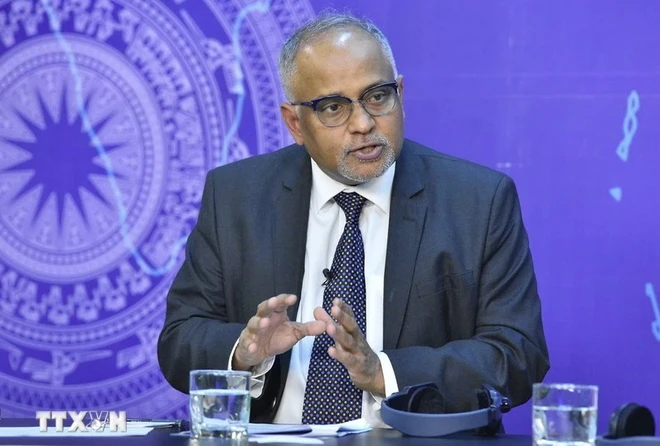
Growth in 2024 will also depend on the effective implementation of fiscal measures and public investment by the government, said Director Shantanu Chakraborty.
He said Vietnam needs to combine short-term growth support measures, to boost domestic demand, with long-term structural measures to promote sustainable development.
Public investment will be the first “key”, with the Vietnamese Government aiming to disburse US$27.3 billion in public investment capital in the current fiscal year, with many important strategic projects.
Public investment not only helps boost demand and employment, but also has a positive impact on other dependent sectors such as construction, logistics and transportation. This will be a tool to help Vietnam escape from over-reliance on monetary policy.
The second driver is reforms to improve the ease of doing business and ensure that Vietnam continues to maintain its competitive advantages as many other countries in the region invest in building world-class infrastructure.
They have implemented tax cuts and offered various incentives to attract high-tech industries such as artificial intelligence (AI) and the semiconductor industry.
ADB Country Director Shantanu Chakraborty assessed these as two main driving forces for Vietnam to maintain sustainable development momentum towards the growth targets set by the government in the near future./.
Source: https://www.vietnamplus.vn/kinh-te-viet-nam-qua-goc-nhin-quoc-te-diem-nhan-tu-chinh-sach-dieu-hanh-post966021.vnp













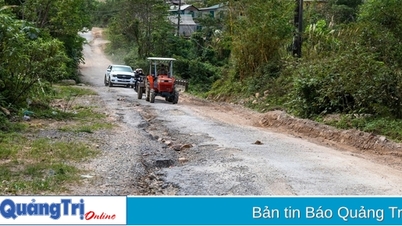

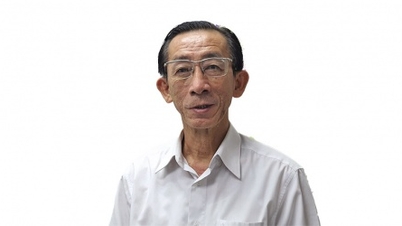







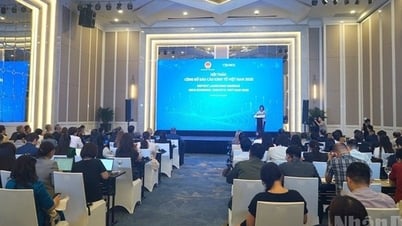







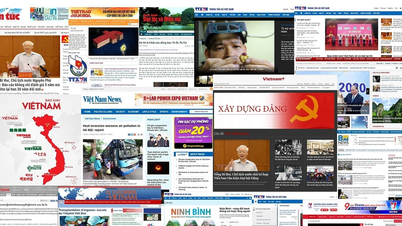



























![[Maritime News] Wan Hai Lines invests $150 million to buy 48,000 containers](https://vphoto.vietnam.vn/thumb/402x226/vietnam/resource/IMAGE/2025/6/20/c945a62aff624b4bb5c25e67e9bcc1cb)














![[Infographic] Party Committee of the Ministry of Culture, Sports and Tourism: Marks of the 2020 - 2025 term](https://vphoto.vietnam.vn/thumb/402x226/vietnam/resource/IMAGE/2025/6/22/058c9f95a9a54fcab13153cddc34435e)









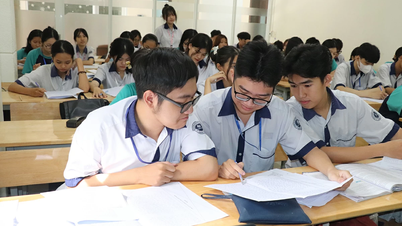
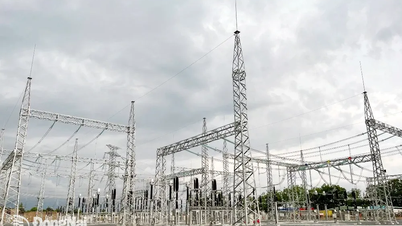













Comment (0)